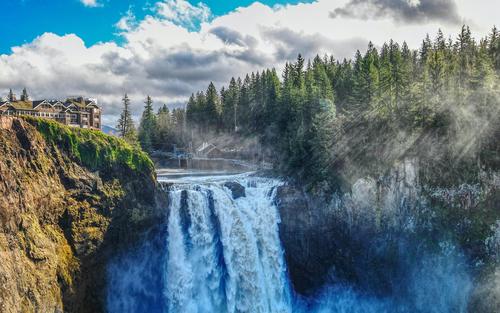Cultural Preservation versus Modernization: Finding a Balance
Culture is an essential element that defines a community, a region, or a country. It comprises the traditional practices, customs, values, and beliefs unique to a particular social group. Preservation of culture ensures that it is passed on from one generation to another. On the other hand, modernization represents progress and development. It entails adopting new techniques, ideas, and ways of life to improve the wellbeing of society. Thus, the debate between cultural preservation and modernization shifts towards finding a balance between the two.
Cultural preservation is imperative in maintaining a community’s heritage and identity. It helps in safeguarding traditional practices, language, art, and music. These cultural treasures provide a sense of belonging and continuity among the community members. Preserving a community’s culture can also attract tourists, enhance the local economy, and create job opportunities. In addition, cultural preservation promotes diversity and encourages tolerance and respect for other people’s cultures.
However, cultural preservation can limit the community’s growth and development. It can discourage the introduction of new ideas, technologies, and practices that could improve the community. In addition, over-reliance on cultural traditions may contribute to close-mindedness and resistance to change. For instance, certain cultural practices may be harmful and violate human rights, such as female genital mutilation, widow-shaming, or caste-based discrimination. Therefore, cultural preservation should not be an excuse for perpetuating such harmful traditions.
On the other hand, modernization represents progress and development. It encompasses technological advancements, innovation, and globalization. Modernization can enhance the quality of life, improve healthcare, education, and transportation systems. It can also lead to better job opportunities, increased income, and economic growth. Furthermore, modernization can facilitate cultural exchange, allowing diverse communities to learn from each other and cooperate in various fields.
However, modernization can also have adverse effects on culture and society. The rapid pace of modernization can lead to cultural erosion, making it challenging to maintain traditional practices and beliefs. The influx of foreign cultures or ideas may lead to cultural assimilation, losing the unique identity and heritage of a community. In addition, certain modern practices may conflict with traditional beliefs, leading to cultural conflicts and social unrest.
To resolve this debate, finding a balance between cultural preservation and modernization is essential. One way to achieve this is by promoting cultural awareness and education. Individuals should be encouraged to embrace their culture and traditions while also being open to new ideas and ways of life. Communities can also adopt a selective modernization approach, only incorporating modern practices that align with their cultural values and beliefs. Preserving cultural heritage sites, museums, and archives can also ensure that culture is documented, celebrated, and passed on to future generations.
In conclusion, cultural preservation and modernization are both essential for the growth and development of society. While preserving a community’s heritage and identity is crucial, modernization can enhance the quality of life and facilitate progress. Finding a balance between these two elements is crucial to ensure that culture is not lost while also allowing society to progress and prosper.
(Note: Do you have knowledge or insights to share? Unlock new opportunities and expand your reach by joining our authors team. Click Registration to join us and share your expertise with our readers.)
Speech tips:
Please note that any statements involving politics will not be approved.
